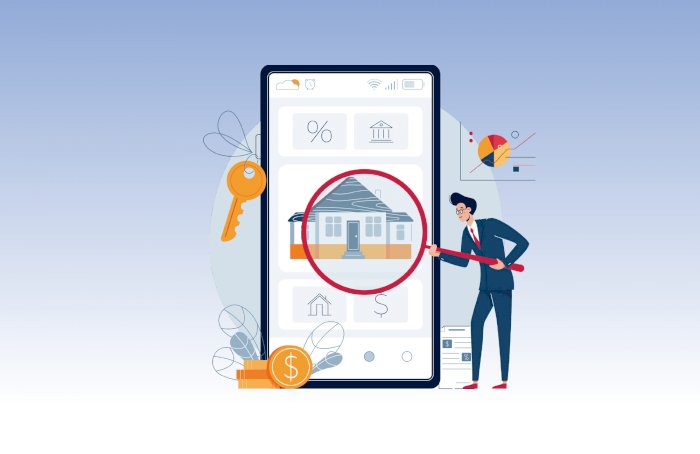
How to Navigate a Low Appraisal
Low appraisals can happen in any type of market. Fortunately, there are several ways to navigate around a low appraisal and still make it to the closing table.
What is an appraisal? During the mortgage process, the bank or mortgage lender will order an appraisal to get a third-party determination of the property’s value. The appraiser will make their decision based on the home’s location, the condition of the property, and the value of comparable nearby homes sold recently.
A "low" appraisal occurs when the appraiser values the home for less than the agreed-upon sales price. The appraisal is critical in the lender’s decision-making, as the lender will not typically lend more than 97% of the home’s appraised value.
Low appraisals can happen in any type of market. Fortunately, there are several ways to navigate around a low appraisal and still make it to the closing table.
1. Renegotiation of the sales price
If the appraisal comes in low, it may be possible to lower the sales price through negotiations with the seller. A simple addendum to the contract with new terms would be needed for the lender to proceed. While this is the best-case scenario as it lowers the sales price and the loan amount, it is difficult to accomplish in a low inventory environment.
2. Reconsideration of Value (ROV)
Many lenders have a process in which the agents involved can dispute an appraiser's value. Evidence must be provided to support the belief that the appraisal report is incorrect, such as closed comps (similar homes that recently sold nearby) that were not considered, or factual inaccuracies that the appraiser got wrong, such as incorrect square footage or missing bathrooms, etc.
3. Restructure the loan
Depending on the buyer’s financial situation and/or the initial loan structure, the lender may be able to restructure the loan in one of the following ways:
- There is no effect on the loan at all.
- There is a slight increase in monthly payment.
- There is an increase in the downpayment or closing costs.
4. Bridge the Gap
Utilize mortgage insurance to your benefit. Single-premium mortgage insurance allows you to make a one-time mortgage insurance payment at closing that could potentially cover the cost of an appraisal gap.
5. Walk Away
There is the potential that you could forfeit your earnest money deposit, or due diligence money, if you withdraw your purchase offer. Make sure you understand any contingencies before canceling the transaction.
